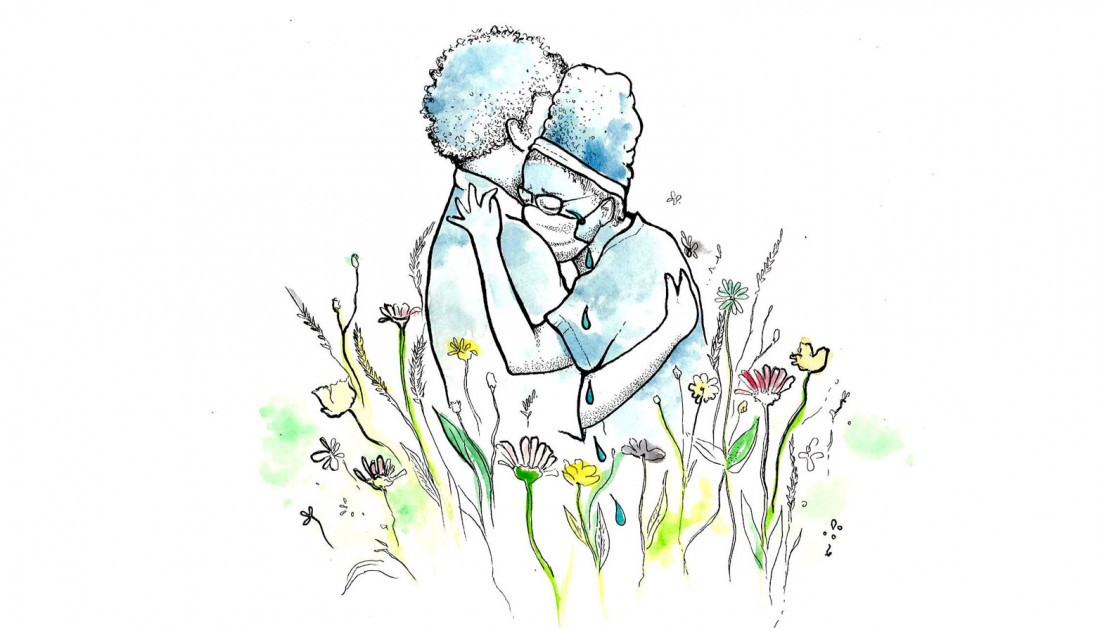Collective grief and the individual
Life on the Borderline
“I can’t be grieving. I haven’t lost anyone.”
This was my reaction when I first heard the term “collective grief.” I didn’t understand how it could apply to me. No one I knew had died, yet I was in a deep state of mourning. Why was I so deeply affected?
What I have come to realize is that grief isn’t reserved for death. My therapist helped me see that grief is simply deep and poignant distress or great sorrow. Mourning the death of family members or friends is one of the most common ways to experience profound loss. These days, however, the COVID-19 pandemic is quickly showing us that death isn’t the only cause of such painful emotion.
This global catastrophe has us all living in a liminal space, balancing our lives along the border of what used to be and what now is. We’re so desperate to return to normal while at the same time realizing that some of what we knew may never be normal again. We’ve lost so much so quickly.
Even if we don’t realize it, even if it manifests in different ways, many of us are grieving right now. During this time, the line between those who have lived with mental illness and those who haven’t has blurred. Wellness Together Canada, a mental health resource created by the federal government, states that we are facing an unprecedented increase in mental distress in the face of COVID-19.
Despite this collective nature of our grief, there are those in Manitoba who are not getting the care they need. The intersectionality of discrimination in healthcare based on race, income, sex, gender expression, weight and more cannot be highlighted enough.
This is why I want to sit down and have a chat this year. I want to talk about the realities of living with mental illness in Manitoba from the psychiatric ward to the home and everywhere in between.
I’ve been triaged through all the levels of mental healthcare in the province, from community counselling to being hospitalized. I’ve been misdiagnosed, told that I just need to calm down to feel better and told that it was all in my head. I’ve learned how to speak up for myself when I’m being mistreated and how to use preventative self-care measures in order to stay connected to my life.
It is my hope that by speaking candidly about my experiences, I can provide useful insights about navigating Manitoba’s mental healthcare system safely and effectively. Knowing how to describe what we are feeling and how to advocate for appropriate care can remove some of the barriers in the mental healthcare system.
The thing about collective grief is that it is, by definition, collective. Even if we are facing new and unknown feelings in response to these changes in our lives, it can be profoundly helpful to know that we are not alone in our experience. We are facing this together, even as we are apart.
Hannah Magnusson is a master’s student in the arts department at Athabasca University. Her research focuses on the intersection of storytelling and advocacy, studying how fostering empathy between different perspectives can build a bridge to understanding and action. She lives on Treaty 1 territory on the shore of Lake Winnipeg.
Published in Volume 75, Number 01 of The Uniter (September 10, 2020)







